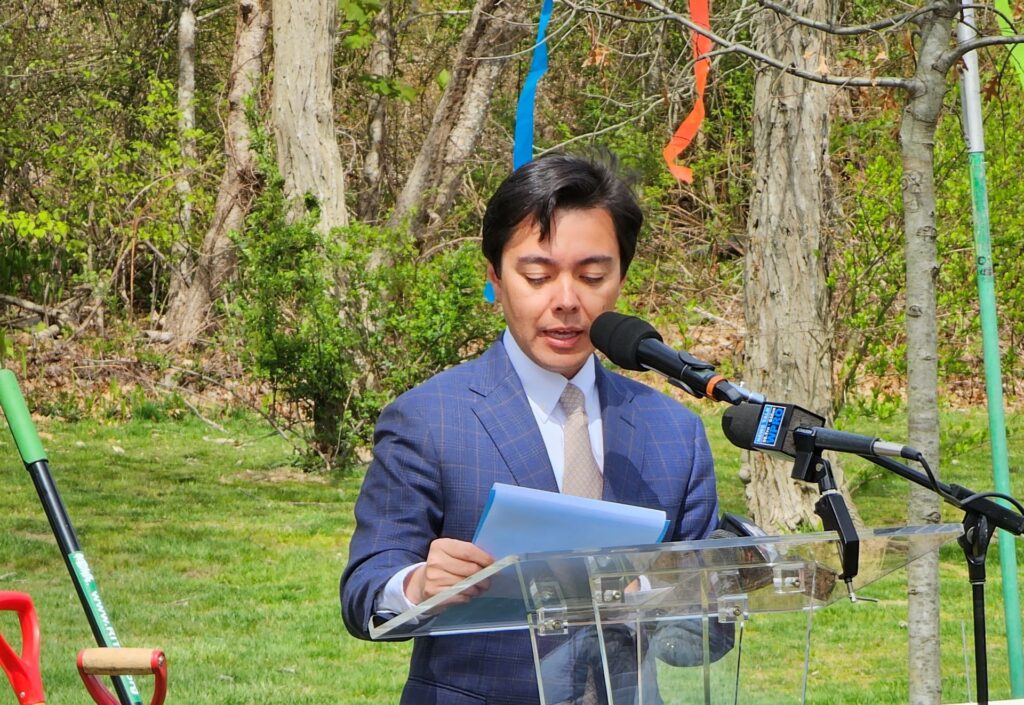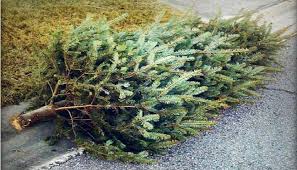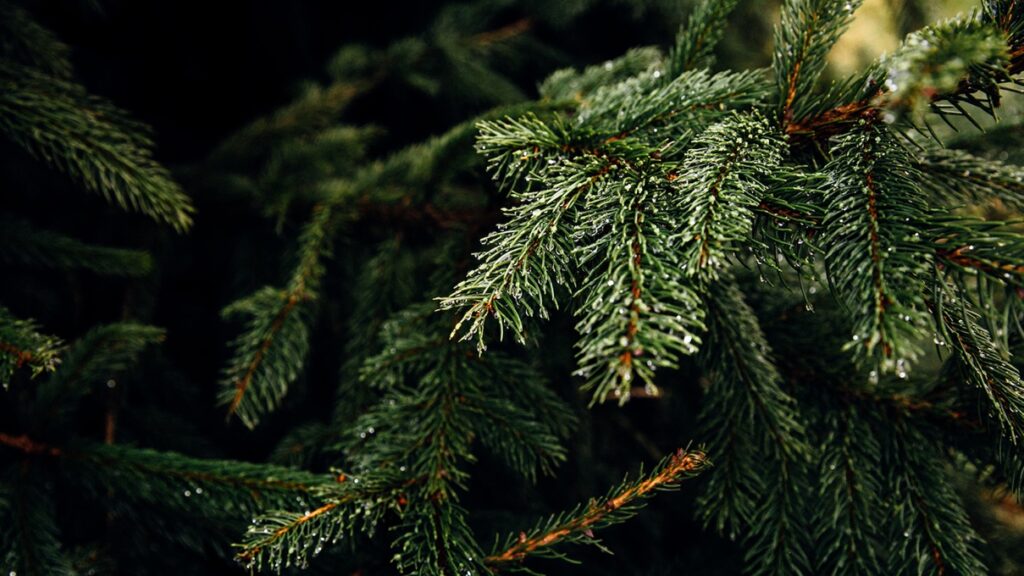RITree Hosts Arbor Day Celebration in Newport

PROVIDENCE, RI, May 19, 2023 — Rhode Island Tree Council (RI Tree) recently held this year’s Arbor Day celebration at Miantonomi Park, Hillside Avenue, Newport, RI. The city of Newport hosted the event, the Newport Tree Conservancy, and the Newport Tree and Open Space Commission. The event’s primary sponsor was the Rhode Island Energy Corporation, PPL. The event’s secondary sponsors were the Rhode Island Tree Council and the Rhode Island Department of Environmental Management.
As part of the day’s ceremonies, Governor Dan McKee read the official state Arbor Day proclamation, with Newport’s mayor, Xaykham-u’Xay-Khamsyvoravong, in attendance. Doris Alberg, RI Tree chairperson, presented sponsors awards to Rhode Island Energy and hosts awards to the city of Newport Tree and Open Space Commission and Newport Tree Conservancy. Terry Gray, Director of RI DEM, and Lou Allard, Urban, and Community Forestry Program, co-presented the 2022 Tree City USA award to the following cities.
Barrington (5 years), Bristol (22 years), Central Falls (8 years), East Providence (29 years)
Jamestown (21 years), Middletown (5 years), Narraganset (12 years), Newport (32 years), Pawtucket (17 years), Portsmouth (17 years), Warren (21 years), and Warwick (23 years). Providence (37 years) was the Growth Award Recipient. Johnson & Wales University and Salve Regina University received this year’s R.I Tree Campus Higher Education award.
Students from the first-grade class of the Chairborne Pell Elementary School displayed their tree crafts. RI Tree also planted five Arbor Day trees, including the Arbor Day ceremonial red oak at the park. RI Tree also planted the Scarlet Oak, Greensleeves Dogwood, and Sugar Maple trees at the park.
Rhode Island has had a long history with Arbor Day. According to the RI Department of Education records, the first event held in Rhode Island to honor trees occurred on April 29, 1886. Sponsored by the Barrington Rural Improvement Society, the ceremony took place on public land near the railroad station in West Barrington.
Assisted by Society members, school children planted an American elm and dedicated it to the memory of the 16th President of the United States, Abraham Lincoln. Many more would follow. In 1892, the RI Department of Education initiated an Arbor Day Program for school children to be held in the spring of each year over the next five decades (ending 1939).






